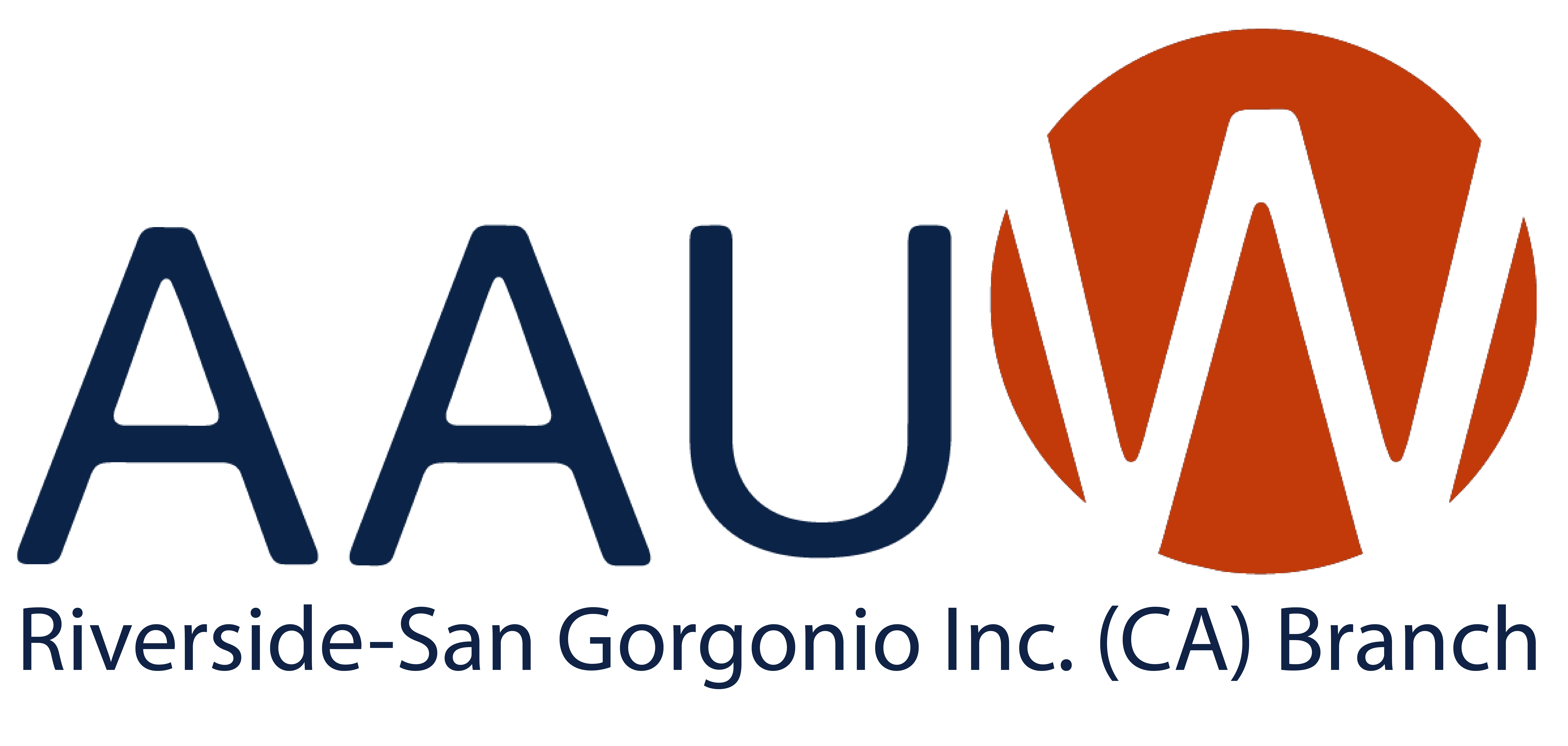By Luisa Tassan
On July 18 AAUW Riverside Branch members attended a presentation sponsored by the World Affairs Council of Inland Southern California in collaboration with the Riverside County Anti-Human Trafficking Task Force (a collaborative partnership led by the Riverside County Sheriff’s Department and Operation SafeHouse to develop resources in the county to educate, prevent, intervene and treat victims of human trafficking and exploitation). http://www.riversidesheriff.org/bureaus/anti-human-traffic.asp. A strong turnout of at least 100 attendees was treated to an engaging presentation
The event began with a showing of the film “Not My Life”, directed by Robert Bilheimer, previous Oscar nominee for Cry of Reason, and narrated by Glenn Close. http://notmylife.org/ The documentary, which was filmed on five continents over four years, effectively makes the audience aware of how wide spread human trafficking is throughout the world with footage in Romania, Italy, Cambodia, Guatemala, United States, Senegal, Europe, and India. The film is thorough in its interviews of all “ the players” in the process of human trafficking from the adult pimps/exploiters, the exploited/children victims, law enforcement, the churches and social service agencies trying to rescue the trafficked humans to the customers/clientele who pay for the “trafficked.” The main focus of this film is to raise public awareness to the fact that the majority of trafficking and slavery victims today are CHILDREN. Bilheimer leaves the audience with the question: “What kind of society cannibalizes its own children and how can we do these kinds of things on such a large scale and still call ourselves human in any meaningful sense of the term?”
The showing of the film was followed by a ten-person panel discussion with the Riverside County Anti-Human Trafficking Task Force and moderated by Dr. Yolanda Moses, Professor of Anthropology and Associate Vice Chancellor for Diversity, Excellence and Equity at University of California, Riverside. The panel participants were made up of three representatives from the Riverside County Sheriff’s Department, John Sawyer, Aron Wolfe and Daniel Engels, Jennifer O’Farrell of Operation SafeHouse, Opal Singelton of MillionKids, FBI Agents-Kayla Hostmeyer and Jeff Stiff, US Attorney Ami Sheth and Riverside County District Attorney Jerry Fineman. With Dr. Moses leading the discussion each panelist was asked to discuss their part on the Task Force and the “state of human trafficking” in Riverside County. Highlights of some of the key points made by each panelist were:
- Human trafficking comes in two forms–labor trafficking and sex trafficking;
- The average age of entry into commercial sexual exploitation is 12-14 years;
- The majority (60%) of the approximate 200,000 children at risk of commercial sexual exploitation in America are runaways, throw-aways or homeless youth;
- On average 500 children in Riverside County runaway each month often times from homes where they are experiencing physical, sexual, psychological abuse and/or neglect;
- Of these 500 children many will sell themselves for food and shelter within the first 48 hours of running away if not found and returned to a safe shelter;
- The legal definition of human trafficking is defined as the “exploitation of a person by force, fear or coercion; ” http://oag.ca.gov/human-trafficking/what-is
- Proposition 35 passed in California in November, 2012 removed the requirement of showing force, violence or coercion in cases involving minors in recognition of the psychological force used to keep trafficking victims against their will. Prop 35 changed the law so that the prosecutor need only show that the defendant made money off the traffickedperson; http://voterguide.sos.ca.gov/propositions/35/analysis.html
- The panel listed a number of obstacles to successful prosecution of human traffickers to include, victim’s fear of their pimps and view they have no safe place to turn, traffickers threat of harm to the victim, victim’s family and friends, juror’s lack of understanding of the power of psychological fear/coercion and its affect on victims’ free-will, deportation fears, victim’s ability to wait out the long road to trial of their traffickers, cultural barriers, getting victims comfortable enough to talk about their traffickers and overcoming the manipulation by traffickers of the victim’s need to be loved, rewarded and cared-for;
- Victims of exploitation who are in the US illegally will not necessarily be deported nor do they need to have a criminal case pending in order to qualify for a “T” or “U” Visa. Victims who are in the US illegally will not be punished for coming forward; www.uscis.gov/humantrafficking
- Project Safehouse will work with international victims through immigration lawyers if the victim does not want to go through the criminal legal process; www.operationsafehouse.org
- Warning signs that a young person might be a victim: runs away and then returns with new expensive items like cell phone, clothes, jewelry, supply of condoms, frequent truancy, leaving school campus at lunch, large wads of cash;
- Traffickers use “bottoms” (other girls) to recruit vulnerable girls in middle and high school to the sex trade;
The panel left us empowered with the knowledge that as a community there are things we can do to help fight human trafficking:
- If you work in the social service, education, or medical field and are aware of children who are in families where they are being abused or neglected, provide or refer for assistance and support BEFORE the children runaway;
- Be the eyes and ears of the community—when you see or hear something that does not sound or look right report it. You can also report anonymously. 1-888-373-7888 or text HELP. http://www.polarisproject.org/what-we-do/national-human-trafficking-hotline/the-nhtrc/overview
- Show children healthy forms of love, care, recognition and encouragement before someone with bad intentions does;
- Look into Foster Care programs and adoption. http://dpss.co.riverside.ca.us/childrens-services-division/adoption-information/foster-adoptive-pare

